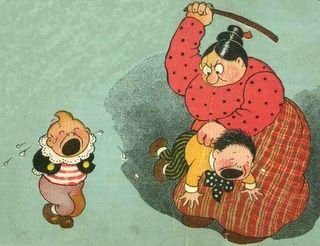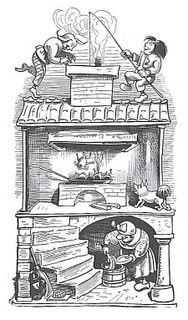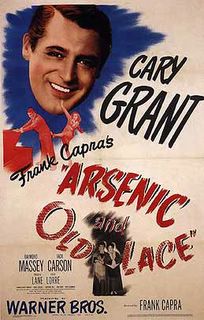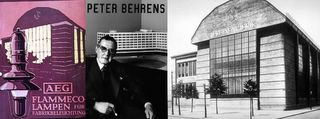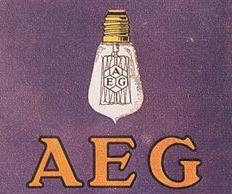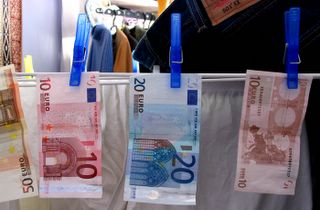
The Bayerischer Hof (‘Bavarian Court’...no, no one really calls it that except some woman who asked us directions to it one winter’s night at Marienplatz), a five star hotel a couple of blocks away, opened in 1841...at the request of King Ludwig I, who wanted a nice place for guests to stay (and a place to take a bath, since he didn’t have one).
The rooftop (8th floor) swimming pool and, you know,
wellness centre (it’s called the Blue Spa, ‘an oasis of relaxation’) have just been renovated by the fourth generation Hotelchefin (‘female Hotel boss’—Managing Partner, if you will), as seen above. Parisian designer, Andrée Putman on the left, cathedral on the right, Herrmann Volkhardt’s great-granddaughter in the middle with the microphone.

The hotel was bombed on the night of April 24th - 25th, 1944. The Spiegelsaal (Mirror Hall) was found practically untouched, and became the first restaurant to reopen in the center of Munich later that year. It's now called falk's Bar, in memory of the father of the current proprietress.
In 1969 the Palais Montgelas next door was purchased and added to the hotel, some of the nicest rooms are here. Since April 25th the Montgelas Denkmal (a Denkmal is a monument, but literally translates as a friendly request to ‘think’) has stood, among the trees, benches, flowers, and other statues, in Promenadeplatz.

Maximilian Joseph Graf von Montgelas, known as the father of the modern Bavarian state, set the policy by which the electorate of Bavaria (i.e., a territory of one of the German princes of the Holy Roman Empire entitled to elect the emperor) was turned into a kingdom in 1805. He was also a member of the Bavarian Illuminati, a splinter group of the Enlightenment. This group was co-founded by Adolph von Knigge, sort of the Emily Post of Germany, but I digress as usual. Like many proponents of secularization at the time, Montgelas lived a life overshadowed by the whole secret society thing (pyramids and eyeballs on the backs of dollar bills, enemies of “marriage” and “the family”--but not of Thomas Jefferson...blah, blah, blah). For the tidy sum of 1,200,000 € his likeness was milled by computer, and though he is made of aluminum, he’s still fairly heavy (ten and a half tons). Now he stands in front of the Bayerischer Hof, all 20+ feet of him, ready to greet guests...had he been there longer he would have seen the Dalai Lama, the Aga Kahn, Franz Kafka, Mies van der Rohe, Neil Armstrong (not the guy who blogs from Stuttgart), the Beatles, Richard Wagner, Robert Wagner (no relation), Cameron Diaz, and Hillary Rodham Clinton.


